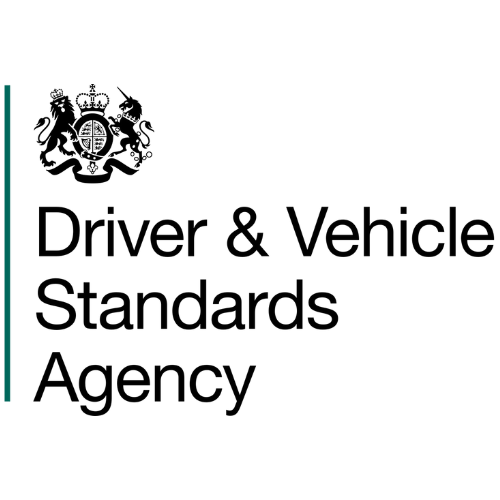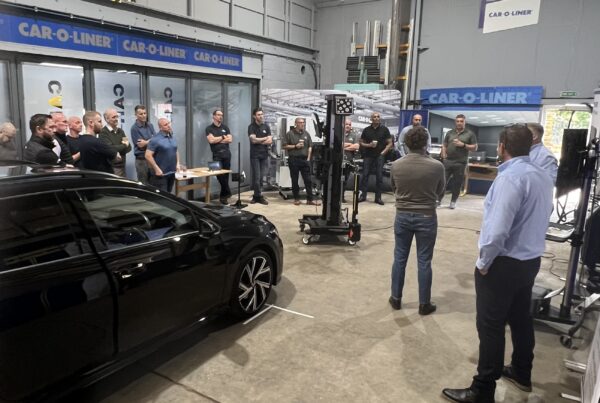
| Memo No | 15/23 |
| Title | Engine Malfunction Indicator Lamps |
| Subject area | Statutory Testing |
| From | Vehicle Testing and Roadworthiness |
| Contact details | Email VTR@dvsa.gov.uk |
| To (Action required) | Testing Staff |
| Copy to (for information) | VEs, VEMs, TEs, TEM’s, TSMs, TNMs, NBMs,
REO, SVSAs, VSAs, TTLs, TQL, Training Services, ODM’s, Press Office, Testing & Support Services, Specialist vehicles & Approvals, Commercial Vehicle Service, Technical Quality Team, Gordon Thomson, RHA, logistics UK, CPT, RMI, SMMT, BVRLA, VBRA and NPCC. |
| Expiry date | 31 October 2024 |
| Supersedes Memos | N/A |
Purpose:
The purpose of this memo is to inform staff of the:
- Standards and process to apply for engine malfunction indicator lamps
- Exemptions from test failure for
Process Users:
Testing Staff Assurance Team
Testing & Support Services Training
Technical Quality Lead Team
Initiating Inputs:
Public Service Vehicles presented for statutory test or subject to a prohibition clearance.
Outputs:
To ensure DVSA applies consistent processes during vehicle annual testing.
Procedure and General Rules:
1. Engine Malfunction Indicator Lamps (MIL)
The requirement to assess the engine emission MIL lamps are contained in Section 05 of the PSV Inspection Manual.
The operation of the MIL is assessed by firstly switching the ignition on without running the engine and observing the illumination of the MIL. Secondly by running the engine and observing if the MIL extinguishes and remains off, should the MIL remain on this would be an indication of a malfunction with the emission control system.
The MIL may be shown as one of the two forms:
- most recognised and used symbol for the engine MIL or;
- engine emission system (EES) symbol also used on some vehicles where the more common engine MIL is not used.
Where both are used any EES symbol illumination must be ignored.
2. Engine MIL does not illuminate.
Two bus models (Wrightbus Gemini 2DLs and Irizar Integral) have been identified where the engine MIL has not illuminated when the ignition has been switched on.
Wrightbus Gemini 2DL
We have been working with Wrightbus to investigate the reasons for this and to implement a solution.
Wrightbus vehicles should now have received updated software to rectify the problem and the MIL should now illuminate when the ignition is switched on as well as illuminating when a fault is detected.
To allow time for any last affected vehicles to be identified and rectified these vehicles should not be failed for an inoperative MIL until after October 31st 2023.
Irizar Integral
The Irizar integral vehicles have only recently been brought to our attention and following talks with Irizar it has been agreed to allow the manufacturer time to develop a software update to rectify the engine MIL operation.
These vehicles do not use the commonly recognised engine MIL symbol instead they use the EES symbol .
Irizar Integral models should not be failed for an inoperative MIL until after October 31st 2024.
3. Vehicles encountered before the end of their exemption date
Where any of these vehicles are encountered at statutory test before the end of the respective exemption dates an advisory note must be recorded using the Vehicle Testing Application. The presenter should be advised to seek support from the vehicle manufacturer and informed that the vehicle will require to be rectified before the respective deadline for rectification has passed.
- To ensure all staff see this memo and apply the standards by the correct implementation date line managers should ensure that this memo is emailed to all staff working at any Authorised Testing Facility. The email should be marked for the attention of all DVSA examiners and sent as soon as
Russell Hall
Policy Manager (Vehicle Testing and Roadworthiness) August 2023





